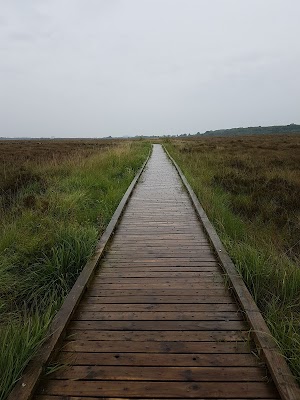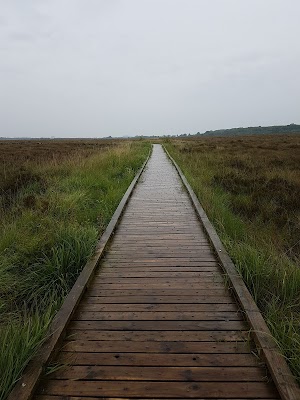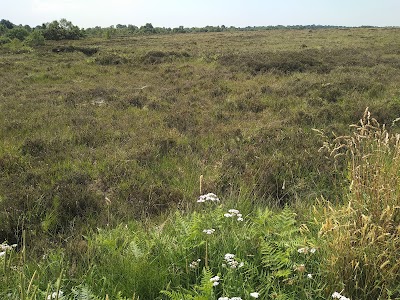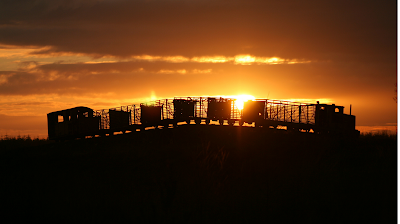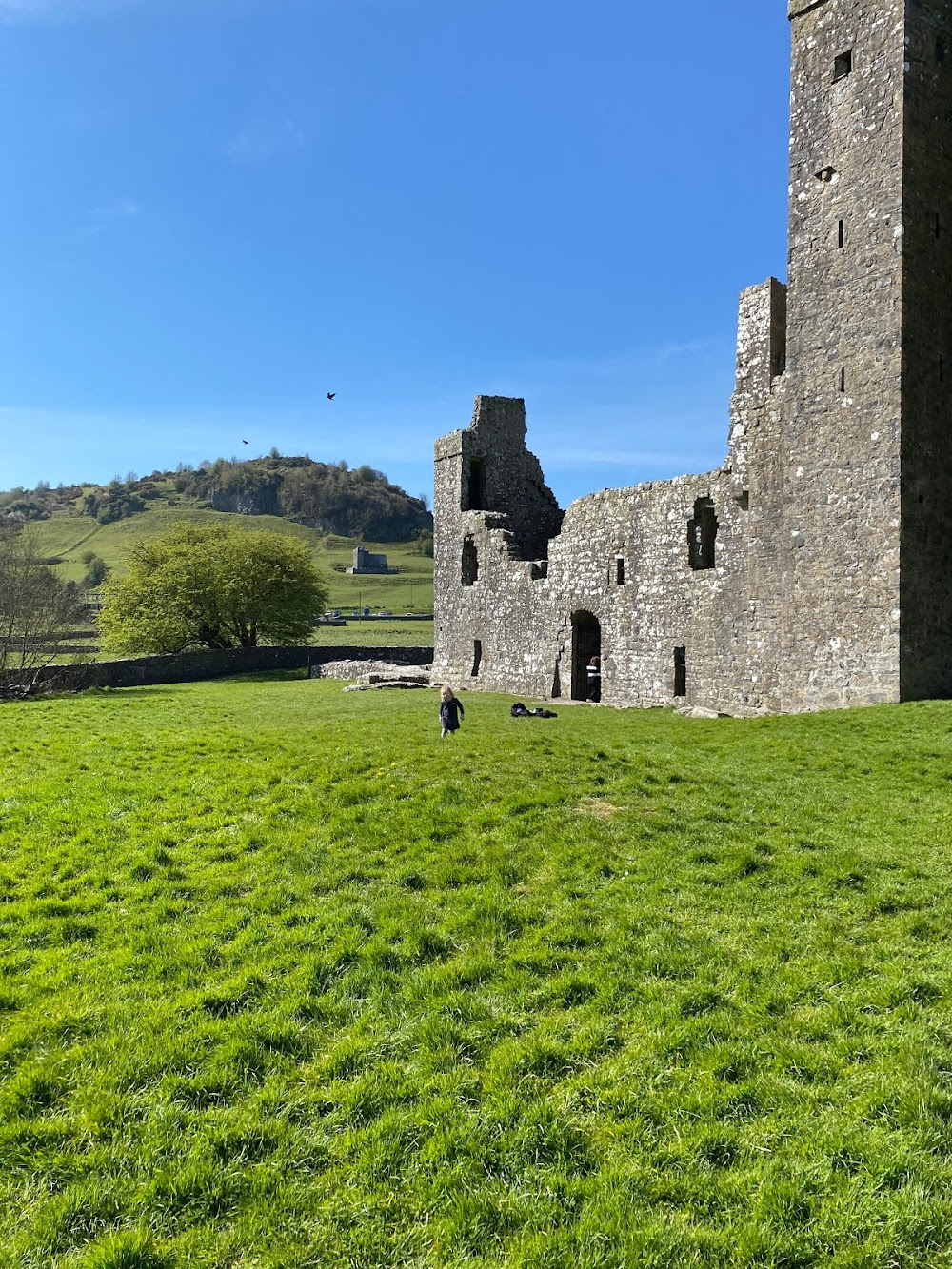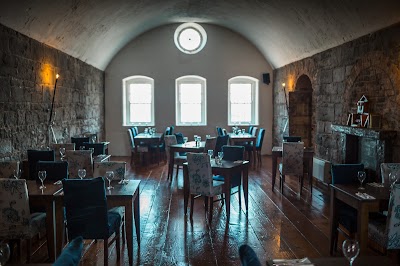Clara Bog (Bog Chlara)
Overview
Discover Clara Bog: A Natural Wonder in County Westmeath
Nestled in the heart of County Westmeath, Ireland, Clara Bog is one of the country’s most vital natural habitats. As one of Europe’s prime examples of a raised bog, it serves as a sanctuary for nature enthusiasts, historians, and anyone eager to explore the unparalleled beauty of Ireland’s landscapes. Spanning over 460 hectares, this remarkable bog offers a window into ancient Irish environments that have remained largely unchanged for thousands of years.
A Fascinating History
The story of Clara Bog is both ancient and captivating. These raised bogs began to form over 10,000 years ago, following the last Ice Age. As glaciers retreated, they left behind shallow lakes and depressions that gradually transformed into waterlogged areas. Over millennia, plant material accumulated in these sites, decomposing slowly due to low oxygen levels, resulting in the formation of peat. By approximately 7,000 years ago, Clara Bog had developed its distinctive dome-like structures and acidic, waterlogged conditions that, while hostile to most plants, provide a unique habitat for specialized flora.
Ecological Significance
Clara Bog is not only a visual delight but also rich in ecological value. It sustains a diverse array of species, many of which are rare or endangered. Visitors can find a variety of sphagnum mosses, cotton grasses, heathers, and even carnivorous plants like sundew and butterwort, all uniquely adapted to the bog's nutrient-poor conditions. Additionally, the bog is a thriving habitat for numerous bird species, including snipe, curlew, and red grouse, along with an abundance of dragonflies and butterflies, making it a paradise for birdwatchers and entomologists alike.
A Natural Archive for Scientific Research
One of the most remarkable aspects of Clara Bog is its role in scientific research. The layers of peat within the bog serve as a natural archive, preserving pollen, plant remains, and other materials that provide invaluable insights into the history of vegetation, climate, and human activity in the region over millennia. Researchers can analyze these layers to understand past environmental changes and forecast future ecological trends, which are crucial for conservation efforts and combating climate change.
Exploring Clara Bog
For those eager to explore, Clara Bog offers several engaging ways to experience its beauty. The Clara Bog Nature Reserve features a well-maintained boardwalk, allowing visitors to traverse the bog without disrupting its delicate ecosystem. This pathway grants easy access and close-up views of the unique plant and animal life, all while protecting the sensitive peatland below. Informative panels along the boardwalk educate visitors about the bog's formation, its flora and fauna, and ongoing conservation initiatives.
Just a short drive away, the Clara Bog Visitor Centre enhances the experience with interactive exhibits, audio-visual presentations, and a wealth of educational materials. Knowledgeable staff are available to answer questions and provide guided tours, ensuring that visitors leave with a deeper understanding of the bog. The center emphasizes the importance of bog conservation and offers insights into how individuals can contribute to preserving these critical habitats.
A Living History
Many visitors find themselves captivated by the living history that Clara Bog embodies. Deeply rooted in local folklore and tradition, the bog serves as a tangible link to Ireland's past, including mythological tales and early agricultural practices. Historically, peat from bogs like Clara was used as a vital fuel source, and remnants of past peat-cutting activities can still be observed today. However, the focus has now shifted from exploitation to preservation, as the ecological importance of bogs gains wider recognition.
Interesting Facts About Clara Bog
To enrich your visit, consider these fascinating facts about Clara Bog. Bogs are incredibly efficient carbon sinks, sequestering significant amounts of carbon that would otherwise contribute to greenhouse gases in the atmosphere. Clara Bog alone is estimated to store over 100,000 tonnes of carbon. Additionally, some plant species found here, like sphagnum moss, have been utilized in traditional medicine for their antiseptic properties.
Conclusion: An Immersive Experience
In summary, Clara Bog is more than just a natural site; it immerses visitors in Ireland's prehistoric past while showcasing the delicate balance of its ecosystems. Whether you’re strolling along the boardwalk, marveling at unique plant species, or engaging with the research and conservation efforts at the visitor center, Clara Bog offers an enriching experience. Perfect for travelers with interests in nature, history, and science, a visit to Clara Bog is a unique opportunity to witness a living landscape that continues to shape our understanding of the natural world.


